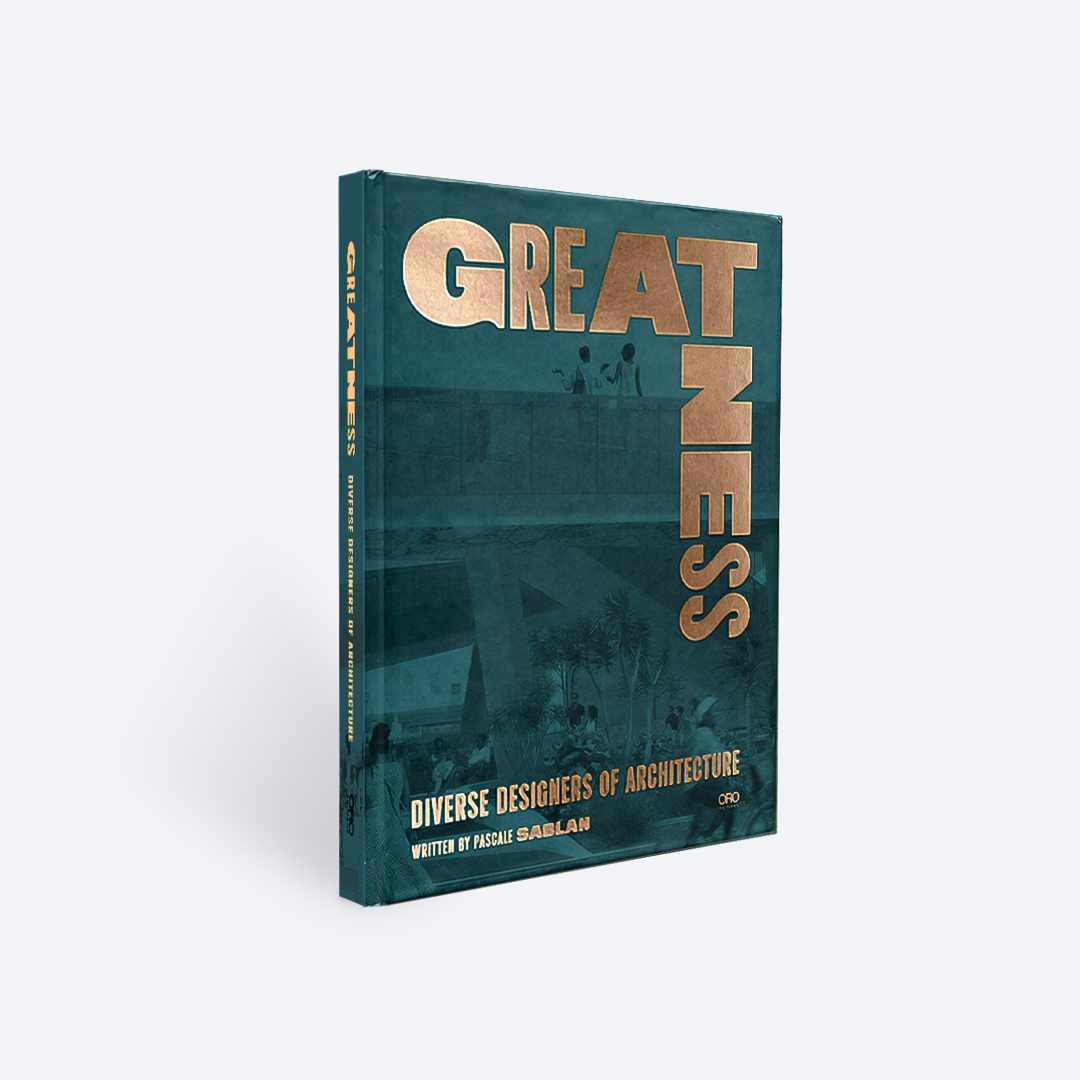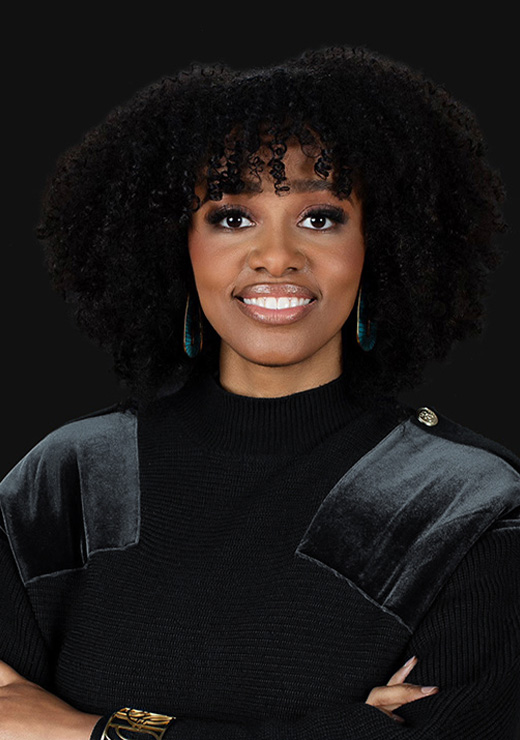
Portrait photo courtesy of Pascale Sablan.
North America
United States
New York
Pascale Sablan is CEO of the Adjaye Associates New York studio, overseeing projects in North and South America and the Caribbean.
She holds a Bachelor of Architecture from Pratt Institute and a Master of Science in Advanced Architectural Design from Columbia University.
An active voice in the industry, she serves as Global President of the National Organization of Minority Architects (NOMA) and was awarded the 2021 AIA Whitney M. Young. Jr Award for her advocacy efforts. She is a member of the American Institute of Architects College of Fellows.
Pascale is also the founder of Beyond The Built Environment, an advocacy organisation that elevates women and people of colour.
She is the author of the book “GREATNESS: Diverse Designers of Architecture” which delves into the essence of various architectural typologies, through the lens of designers from varied backgrounds.
She has given lectures at colleges and universities nationally and globally, including institutions such as the RIBA, Cooper Hewitt, and the United Nations.
Minority Perspectives
Breaking The Glass Ceiling
I am the 315th living African American female architect in the USA. The number of African American women who hold a license to practice architecture has just surpassed the threshold of 600 in the country.
According to NCARB, African Americans make up 2% of the architecture profession in the USA, which is estimated to have over 120,000 registered architects. African American women make up 0.05% of that figure.
It is important to share this statistic with the readers because part of my identity and who I am captures a few different hats that push the same issues forward.
Firstly, I am the CEO of Adjaye Associates in New York, a firm in which 82% of its global offices are staffed with individuals from BIPOC (Black, Indigenous, People of Color) backgrounds.
Colleagues from BIPOC backgrounds make up 73% of the New York office.
We pride ourselves in being a diverse organisation that staffs and works in communities of diverse backgrounds.
As the fifth female president of the National Organisation of Minority Architects (NOMA), founded 53 years ago, I have succeeded in making NOMA a global organisation.
Our expertise and knowledge should not be bound by our continent. Through our understanding of economic opportunities and participation in global projects, conversations and conferences, we learn about the challenges related to racism, sexism, and other forms of oppression.
It is important to acknowledge that other countries that have similar challenges—although they may not be generated from the same experience or history—have yielded similar results. We work towards how we can engage one another to learn, activate, and make a change.
I am also the founder of Beyond The Built Environment, an advocacy organisation that elevates women and people of colour.
The organisation not only focuses on the individuals, but also emphasises on their professional offerings, promoting their identity for their local community, enabling business opportunities, fostering recognition, and keeping history.
Lastly, I am the author of the book GREATNESS: Diverse Designers of Architecture, which ultimately elevates 47 diverse designers who were featured in the SAY IT LOUD exhibition. I curated the exhibition, which was hosted by 48 locations globally.
In our efforts and work, we were able to represent 70% of the designers in the USA and 10% of the rest of the world.
I am very proud of that publication, knowing the rarity of having a physical book that captures the identity and work of diverse design professionals.
The book recognises different architectural typologies with essays about how that typology has systematically harmed and how architecture and architects have the responsibility to heal.
Looking at the results of the recent survey conducted by IAS, it is important to acknowledge the specific countries within Africa that participated in the survey when reporting the results. We should not group and hold the identity of the places of colour and instead give them the same level of respect and attention as we give to Europe, the USA and other countries.
You might be racially the majority of your country, but in your built environment, as it relates to development and construction and opportunities of architecture, are you the majority?
One of the challenges we encounter when inquiring about various countries and locations considered for starting a NOMA chapter is the pushback against the word “minority”.
Therefore, I question whether those professionals—who are the racial majority in their country—still hold the majority as it relates to the development, construction, and opportunities of architecture. No one has answered "yes" to that question.
I am proud to announce that during my presidency we launched a NOMA UK chapter, and the NOMA Caribbean chapter, which has Caribbean islands represented as one cohort. We felt that it was really important to start to hear the voices and the challenges that they are facing, particularly in relation to resiliency.
The Local Trends
Quiet Layoffs
Room For One Topic At A Time
Slower Client Engagement
We can see that focusing on the sustainability agenda was echoed globally in the recent survey conducted by IAS.
Five years ago, sustainability was the hot topic of discussion in the industry in the USA.
Firms were pushing for greener development, and projects sought U.S. Green Building Council and LEED certifications and net zero goals. This was a wave of professionals with a sustainability consciousness.
The lynching and murder of George Floyd forced the country to sit with what the people of colour have to navigate constantly; the risk of being targeted for engaging in everyday activities, such as jogging, grocery shopping, or even simply being in their own home. There was a strong push in the industry to bring about substantial changes and diversify the profession.
At NOMA, we are finding that some firms and organisations focusing on diversity are shifting their attention away from Diversity, Equity, and Inclusion (DEI) aspects and moving back to focusing on the sustainability agenda.
At NOMA, we are finding that some firms and organisations focusing on diversity are shifting their attention away from Diversity, Equity, and Inclusion (DEI) aspects and moving back to focusing on the sustainability agenda.
Interestingly, this shows that society, appetite, or consciousness have room for one heavy topic at a time. In terms of sustainability and resiliency, I argue that climate issues truly and typically impacted people of colour, and when they began impacting more members of society, the issue elevated to a national/global stage.
Another issue we are observing is the rise of redundancies and layoffs across various sectors and markets, along with the growing trend of "quiet layoffs".
Most of the industry worked remotely during the COVID-19 pandemic as a method of continuing to move the business forward while quarantining, and the workforce became quite familiar and comfortable with working from home. Eventually, we started to transition to the hybrid model, where staff are required to be in the studio on certain days of the week.
Lately, a few firms that are struggling financially with projects and cashflow shortages are giving very short notice to their staff and informing them that it is mandatory for them to return to the office for the entire work week. This forces employees who have set up a lifestyle that does not include or want the commute to quit their jobs.
With the individual vacating their role, the firm has no obligation to give them a severance package or unemployment benefits. It is a method and process of reducing staff without the financial impact while doing it.
We have also noted—from NOMA’s perspective—the trend of layoffs affecting people of colour and women first. When firms request NOMA to help them with diversifying, it is frustrating to see that the request leverages when it is comfortable, when there is abundance, and it becomes a marketing tool versus the DNA of that organisation and practice.
Therefore, my appetite for conversations in terms of supporting NOMA and its members started to be more tough and strategic. We want to see written policies, that extend beyond the individual in power, to ensure longevity and institutional commitment.
When the minority groups are made redundant first, not only the architecture but the whole industry will suffer. We subscribe to this by not challenging or questioning the percentages of demographics of the redundancies that have occurred.
We must hold businesses to task, challenge publications we subscribe to (and give money regularly to), write articles and conduct research, and speak about these atrocities instead of accepting it as the oppressive nature of how architecture has been set up, and let it continue to perpetuate these racist and sexist ideas.
When the minority groups are made redundant first, not only the architecture but the whole industry will suffer.
As a person running a firm, I recently participated in the AIA LFRT (American Institute of Architects’ Large Firm Round Table). The platform is an independent organisation currently comprised of 60 members who are architectural firms. Its purpose is to create a forum for member firm CEOs and other firm leaders to develop and share best practices for large design firms. Currently, the minimum criteria for membership are a total employment of 150, including 50 registered architects who are members of the AIA. The LFRT is affiliated with AIA, and in 2019, its members employed more than 240,000 professionals worldwide. This cohort employs approximately 60% of the profession globally.
When considering systematic changes, influential conversations, and trends, they are a powerful group to give insight into the industry. They have a large reach in terms of impact, and once they set up a policy, that policy affects thousands of lives. They are an organisation that is prioritising diversity in the profession.
The business structure and industry model need to be adjusted to adapt to the shift in the way clients are engaging with architects.
One recent business trend reported by LFRT is the change in how clients approach architects with their projects. In the past, it typically took two to three months from the start of the conversation to the signing of the contract. Now, this process is more likely to take six to eight months. Previously, clients would sign a contract covering the entire project, from the concept design phase to construction administration. However, now clients are asking for one phase at a time. Consequently, the business structure and industry model need to be adjusted to adapt to the shift in the way clients are engaging with us.
When we talk about AI and sustainability, and all the other pressures that practice and society are challenged with, we cannot be myopic and focus only on one thing at a time, and we should not waste time to make the case.
Additionally, when we talk about AI and sustainability, and all the other pressures that practice and society are challenged with, we cannot be myopic and focus only on one thing at a time, and we should not waste time making the case. Convincing architects of the importance of minority groups in the profession is unnecessary; the evidence already exists. If they choose not to believe it, that is the choice that has been made.
The Future Model Of Practice
Setting New Examples
Firms that have a diverse staff and utilise AI to produce architecture that addresses sustainability and diversity issues, and create healing through their work, are more likely to grow and effectively collaborate with their clients to develop a sustainable and adaptable business model that fits the current professional context, in comparison to firms that flourished in the previous model and are still striving to return to it.
The best way to create opportunity for us is to look forward. To look at the profession that we love and find those who are like-minded; from clients, consultants, and employees who want to move in the same direction.
Once we adopt this practice as a way of existing in the profession and start receiving projects and developing our business model, we will grow as a firm and be viewed as successful. At that point, the industry will likely recognise this as the new model for moving forward.
When we consider AI, we should think about how we can provide maximum resources and training for women and people of colour, and help them become experts in this very “mysterious” thing. This will put them in a position where they can either start their practice or work at firms that generally value them as individuals for all that they bring forward, and can contribute to a stronger and better business.
AI is similar to every other technology we have come up against in this industry, and we must start to learn, adapt, and leverage it. It will not replace us altogether, but it is important that we start collaborating with it, especially if we have the disadvantage of staff shortage and fewer opportunities. It also levels the playing field by sharing information through white papers, posts, and lectures, establishing us as specialists on the subject instead of passively waiting to react to the opportunities.
To Fellow Professionals
Heal In The Work That You Do
Acknowledge the trauma within the profession. It is not about the end product or the end project but the journey in which we get there by focusing on educating our clients about the process, providing opportunities for consultants, and empowering staff members who may not have had a chance to shine before. We should be intentional in sourcing sustainable materials and be mindful of the carbon embodied energy within the products we specify.
With our community engagement, we must not only engage with the people who financially support the project but also with those who are impacted by the development. We should spend the time to uncover history when we start to work on a project, and not impose what our creativity thinks the project needs. Instead, use history, identity, and culture to architecturalise and create spaces.
Challenge everyone to go beyond the status quo, to see how we can innovate, and ultimately create a project that is indicative of all those principles.
Whatever your mission as an architect or as a practice is, it is fundamentally to drive that through in everything that you do, from the way you run the practice and studio itself to the projects that you are creating.
Participating in the profession is beyond your desk, it is beyond the projects that you work on at your firm. It is about engaging with organisations such as IAS, NOMA, RIBA, AIA, IIDA and others.
Get involved and work past what is your immediate environment. Think about everything that had to perfectly align to give you the privilege to be in your seat, and how you can offer assistance to others who are struggling.
It is going to be very difficult for you to see a young version of yourself in someone who does not look like you, attended the same school or has the same ethnic background as you, but try and see people at the core of who they are and what their principles are.
By understanding what others are trying to achieve, you may find more positivity than if you only focus on yourself. Your values will be reflected in many others, which may inspire you to engage, mentor and support others in the profession.
If we do not make the change in the way that we practice architecture, then the practice itself will hurt by driving brilliant, qualified, and extraordinary diverse designers into sectors where they can thrive.
And lastly, if we do not make the change in the way that we practice, then the practice itself will hurt. When diverse design professionals are not given a position in architecture, they will move to other professions where they are being elevated and compensated. Although not granting the opportunity may not necessarily harm people, it will drive brilliant, qualified, and extraordinary individuals into sectors where they can thrive.
September 2024
Interview by International Architects Sweden.
Read More
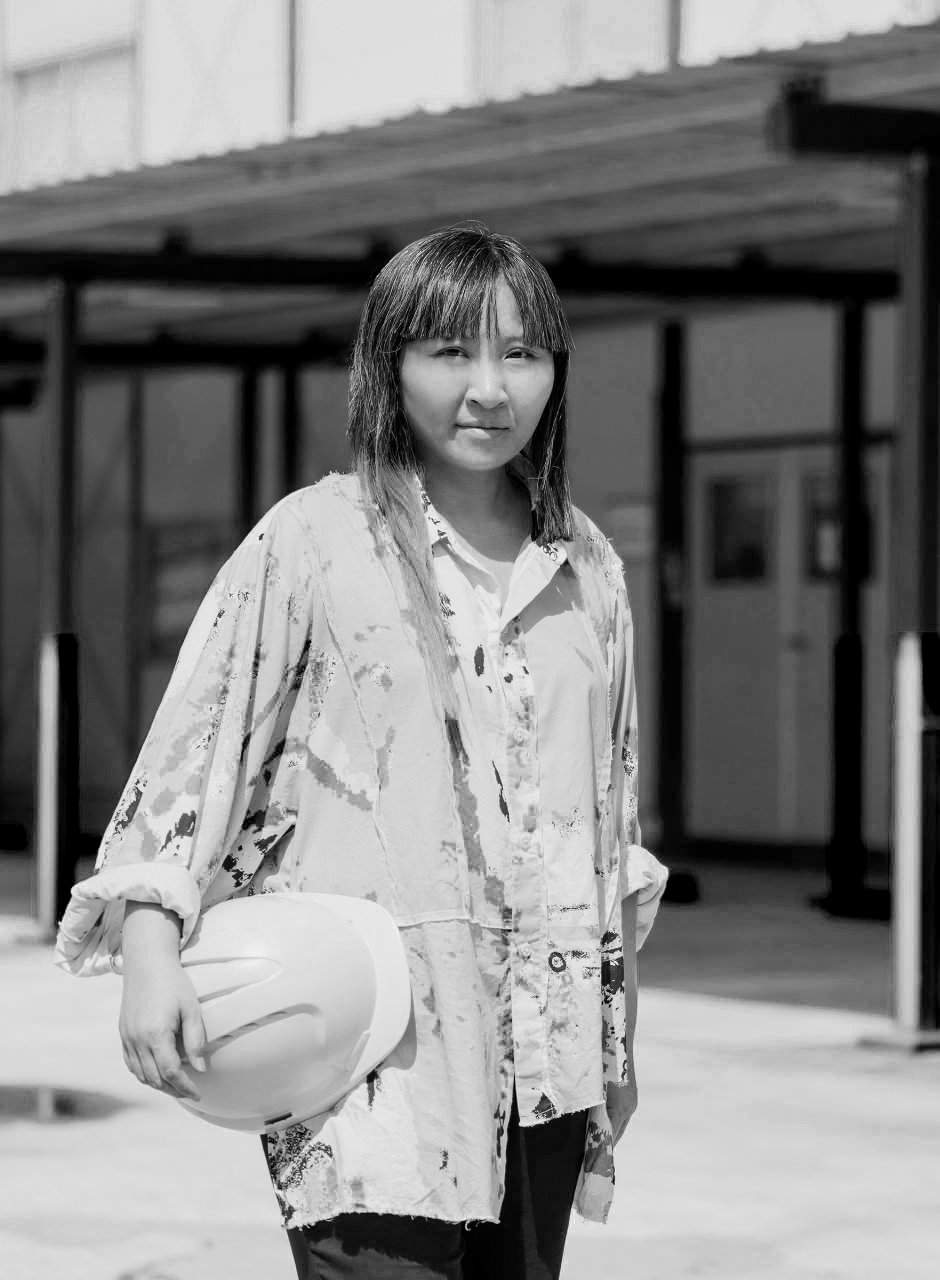
Vivien Leong || SingaporeGlobal Dialogues
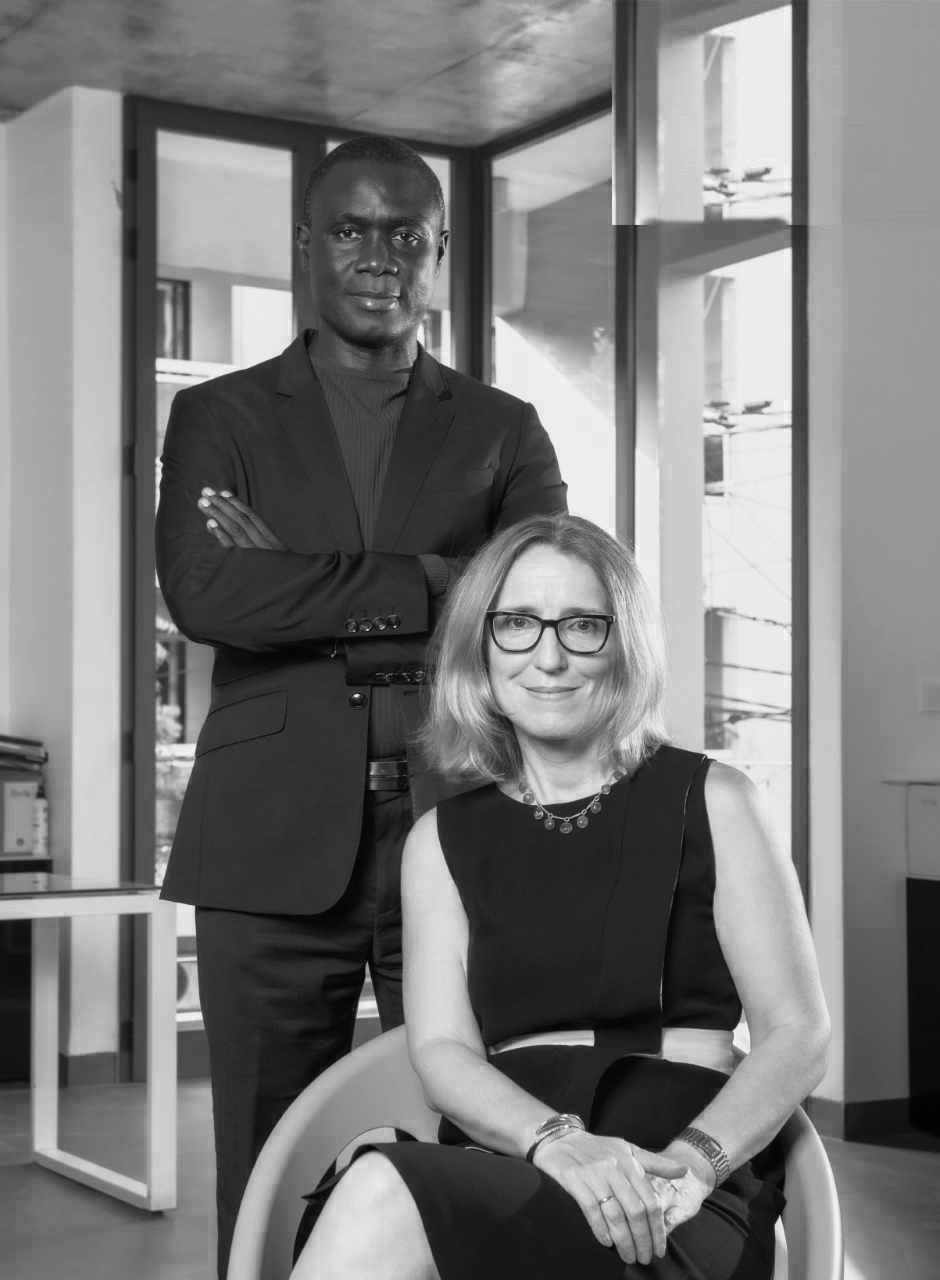
SENE STUDIO|| SenegalInterview
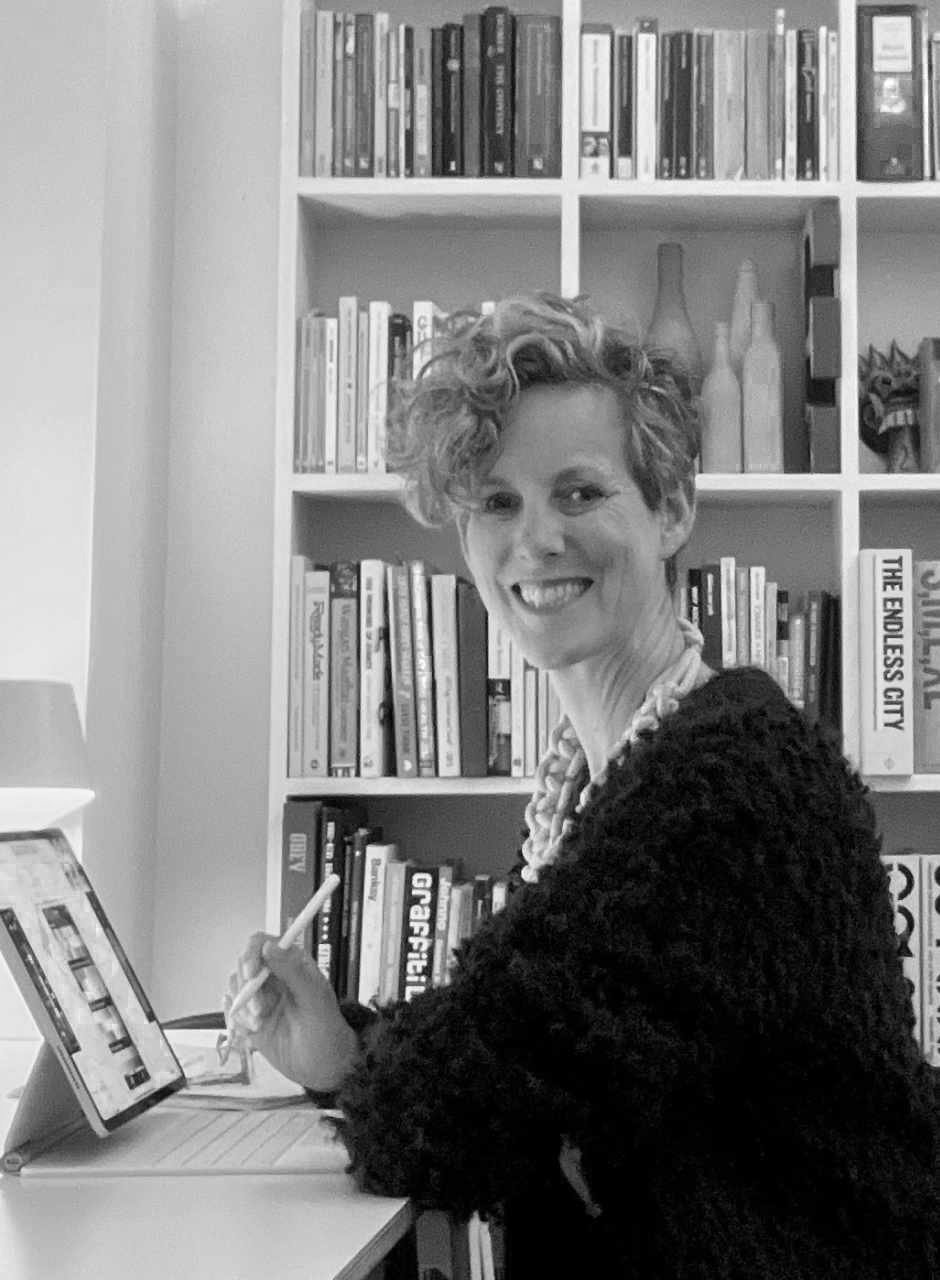
Angela Dapper|| AustraliaGlobal Dialogues
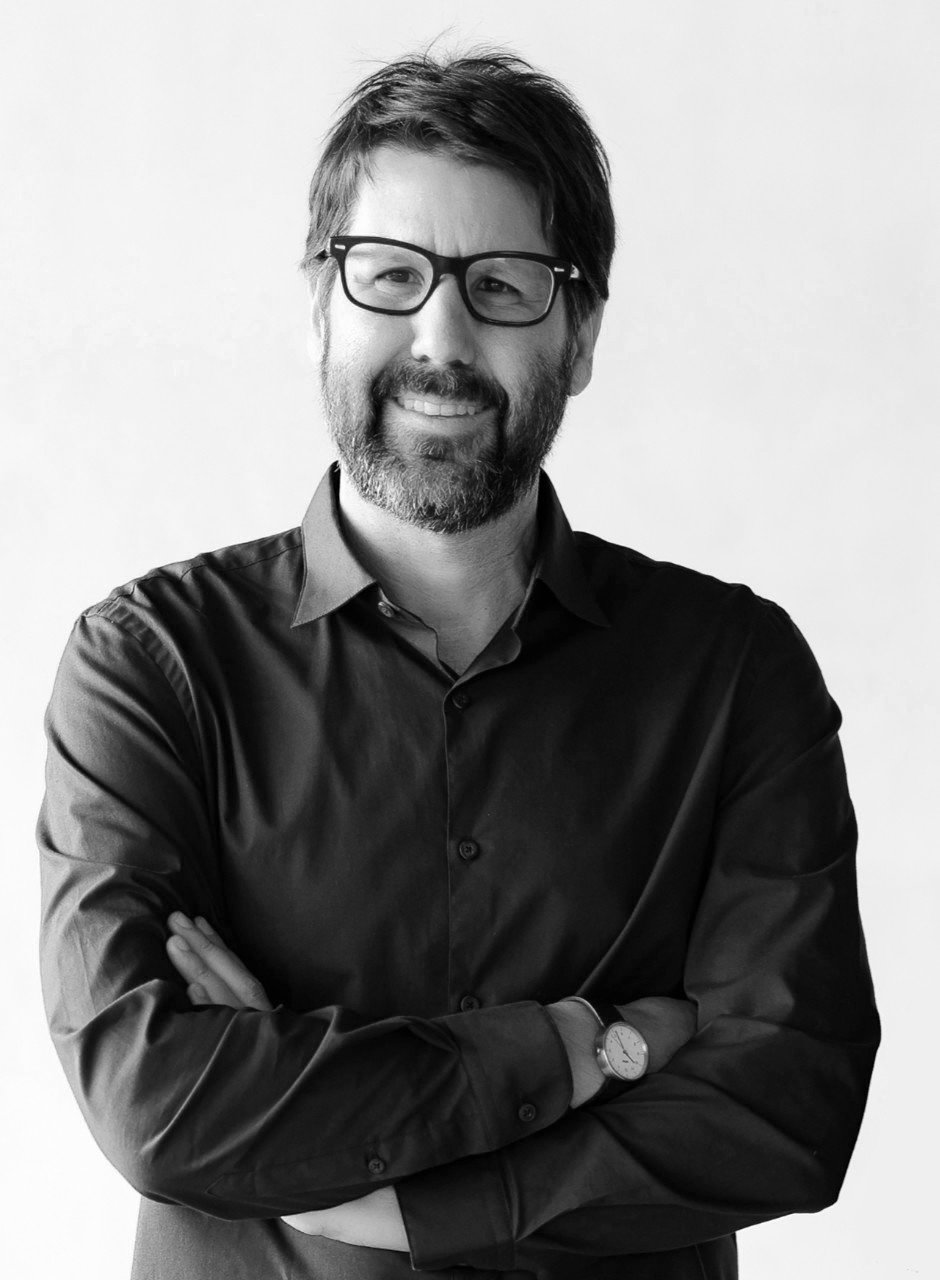
Bruno Campos|| BrazilGlobal Dialogues

Habibeh Madjdabadi || IranGlobal Dialogues
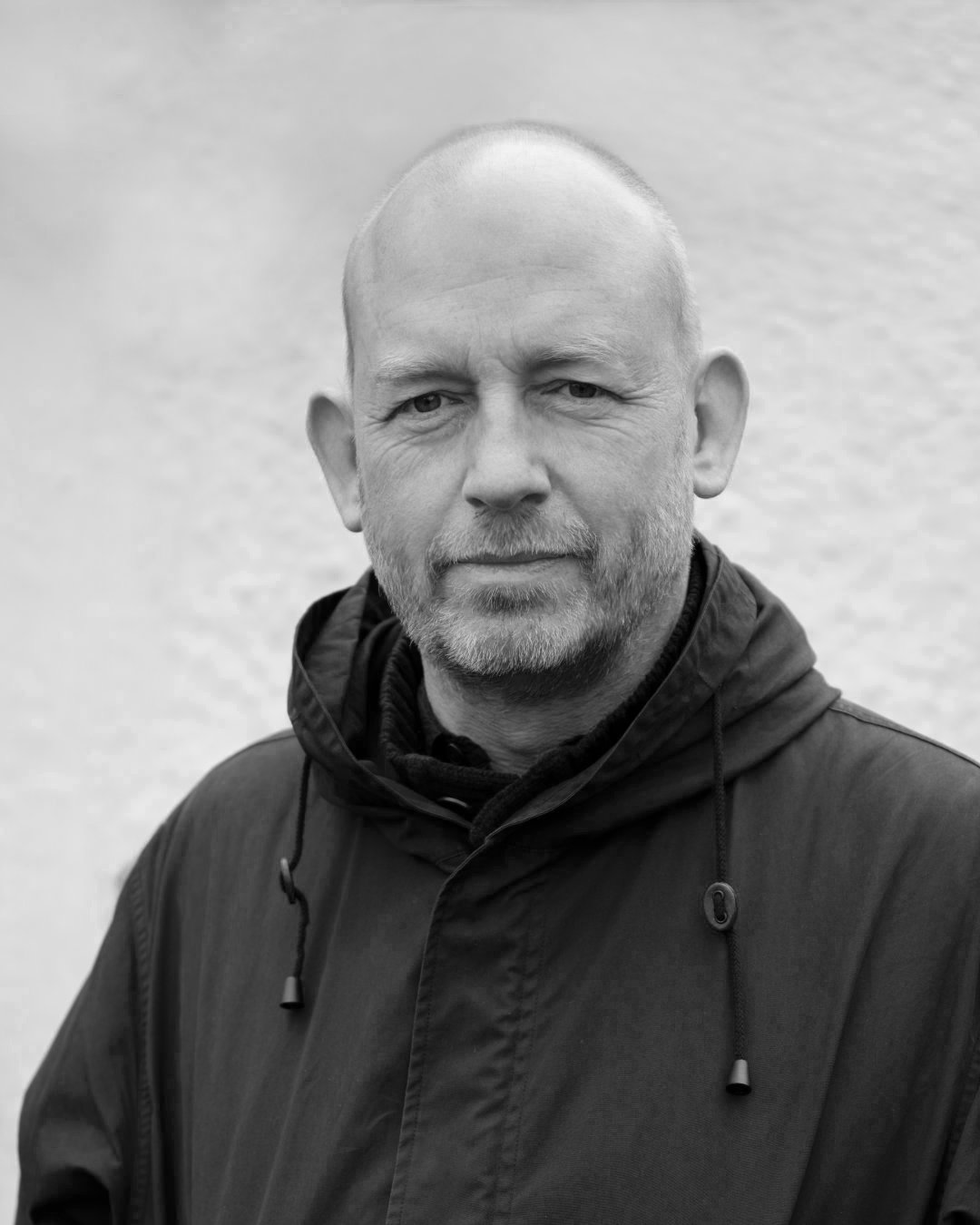
Jake Ford|| SwedenGlobal Dialogues
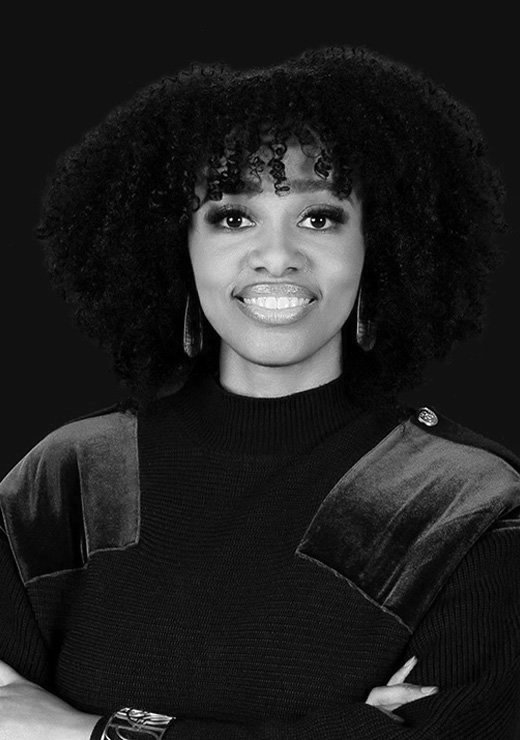
Pascale Sablan|| USAGlobal Dialogues
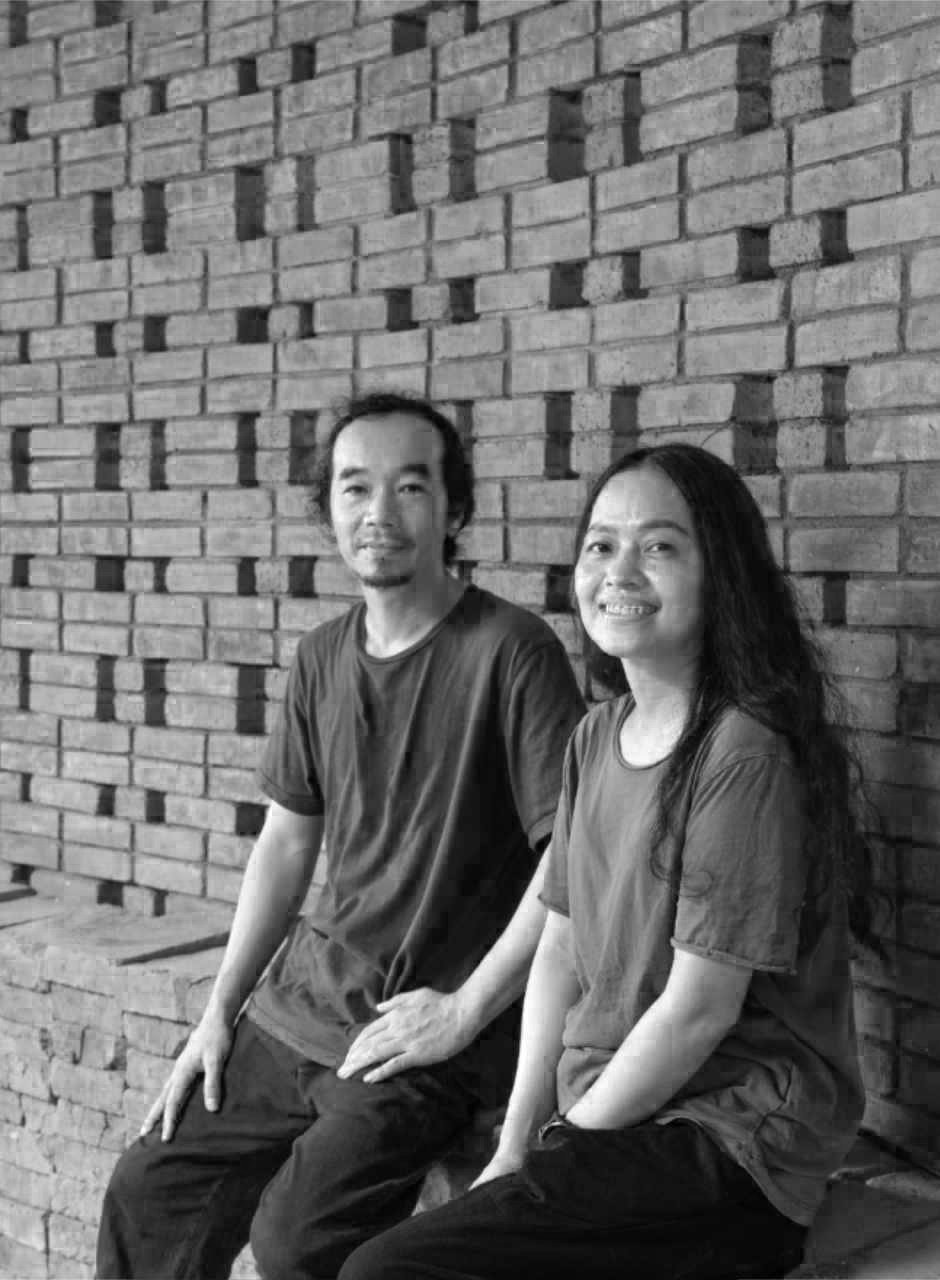
Tropical Space|| VietnamGlobal Dialogues
